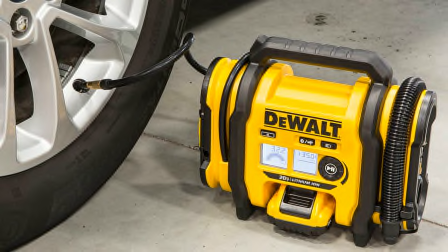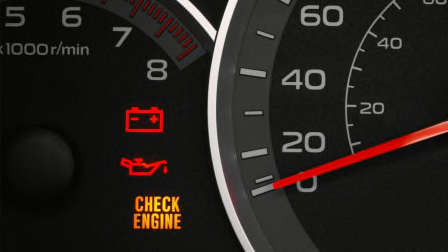Can Using Gas With 15 Percent Ethanol Damage Your Car?
The answer depends on the age of your vehicle

You might have noticed that some gas stations occasionally offer specials on unleaded 88 octane gas—also known as E15—which contains 15 percent ethanol. Ethanol is an alcohol that’s derived from corn. The advantages are it’s sustainable and burns cleaner than fuels that are purely petroleum-based. The disadvantages are you might get lower fuel economy and a recent study has shown that the land-use aspects of growing corn are carbon-intensive. Should you use this gas instead of regular 87 octane or does the potential to cause damage to your car’s system outweigh the savings at the pump?
Most gas stations offer low, mid, and high octane options when it comes to gasoline—typically 87, 89, and 91 octane. An octane rating is a measure of the fuel’s stability, and thereby, its resistance to misfiring or causing what is commonly referred to as “knock.” It is used in higher-performance engines that operate with tighter tolerances. You don’t want the fuel to combust before the cylinder makes it all the way to the top of its stroke, where it can create the maximum amount of power.
If you’re using a low-grade fuel in a car that requires a higher-grade, such as 91 or a premium fuel, you’re doing yourself a disservice, and you could be causing damage to your car’s engine because that fuel is detonating too early in the cylinder. So is there ever a situation where you should be using E15 gas in your car?
“It depends on the age of your vehicle,” explains Ryan Pszczolkowski, Consumer Reports tire program leader and test driver. “If you remember some years back, we had E85 gas which was 51 percent to 85 percent ethanol, depending on the season and region of the fuel distributor. We found over time the E85 wasn’t good for motors and fuel systems. E15 has a much lower percentage of ethanol that isn’t as harmful to newer motors.”
The EPA says E15 can be used in flexible-fuel vehicles, as well as 2001 and newer cars, light-duty trucks, and medium-duty SUVs. Don’t use E15 in motorcycles or other small engines, heavy-duty trucks, or nonroad vehicles such as boats and snowmobiles.
“I looked at two random cars we purchased for our test program—a 2025 Ram 1500 and a 2025 Subaru Forester. Both of those manuals said 15 percent ethanol is the maximum percentage you should be putting into those cars,” says Alex Knizek, associate director of auto test development at Consumer Reports. “And another thing to remember is that ethanol isn’t as energy dense as regular gasoline so you will see worse fuel economy with E15 gas.”
The bottom line is to check your manual to see what type of fuel the manufacturer recommends. If your car is 2001 or older you’ll probably find the recommendation is no more than 10 percent ethanol, which is the most common blend of regular gas in the U.S. One tank of E15 isn’t going to kill your car, but it will affect it over time.
Best Auto Products of the Year
Car Batteries • Car Tires • SUV and Truck Tires • Winter/Snow Tires • Infant Car Seats
More Car Questions Answered
• Should You Warm Up Your Car Before Driving?
• What’s the Fastest Way to Defog Car Windows?
• Is Age or Mileage More Important When Buying a New Vehicle?
• How to Get Rid of the Musty Smell From Your Car’s Air Conditioner
• Can a Dealership Change the Price of a Car You Ordered Before You Pick It Up?
• Will You Void a Car Warranty by Not Having Your Car Serviced at the Dealership?
Editor’s Note: This article has been adapted from an episode of “Talking Cars.”



















